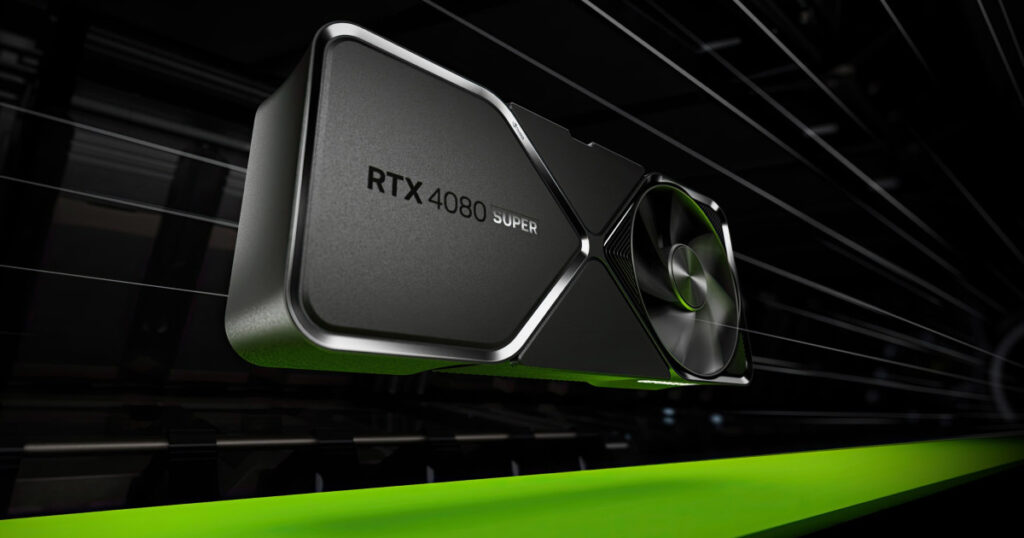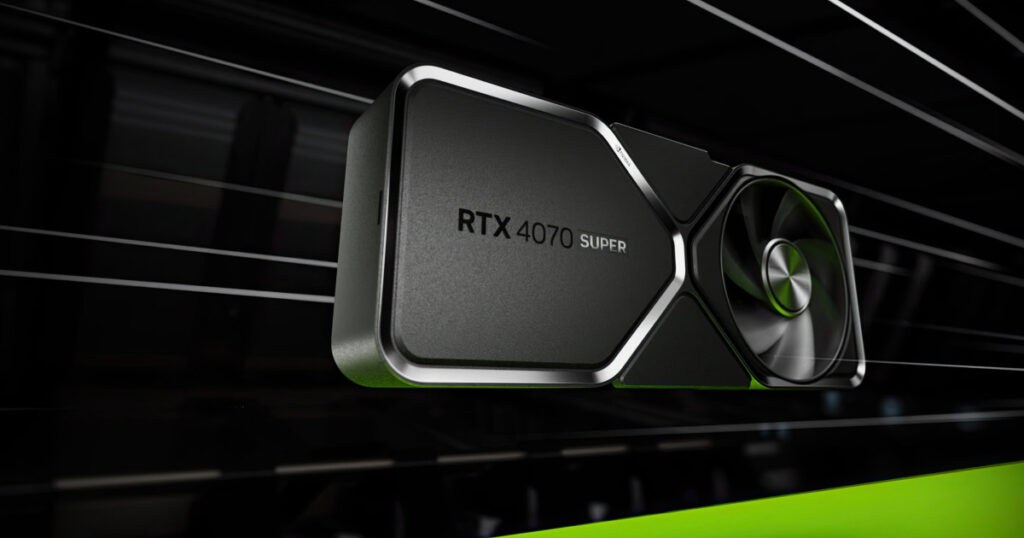In the battle of next-generation broadband, 5G vs NBN, which one comes out on top?
5G vs NBN: Which ’net nets a win?
The more time passes, the closer we get to 5G becoming a very real and very available form of next-gen broadband. And while the theoretical speeds of 5G have the potential to rival the fastest available NBN plans, real-world conditions paint a different picture.
Let’s take a closer look at how 5G compares to NBN.
5G vs NBN: Download and upload speeds
On paper, both 5G mobile and NBN have the potential to reach download speeds of up to 1000Mbps, which is incredibly fast. In practice, though, average 5G mobile download speeds tend to tap out around the 500Mbps mark (according to tests by our friends at WhistleOut). More specifically, the most recent WhistleOut tests showed 509Mbps average download speeds for Telstra, 484Mbps for Optus and 265Mbps for Vodafone.
Upload speeds were noticeably slower for 5G, albeit comparable to the max NBN upload speeds of 50Mbps. According to those same WhistleOut tests, Optus had the best average upload speeds of 62Mbps, with Telstra at 56Mbps and Vodafone measuring 21Mbps. Anecdotally, my Telstra 5G speed test earlier in the year during lockdown—which likely means there was significantly less demand on the Telstra 5G tower—reaped impressive results: 882Mbps download, 89.2Mbps upload and 12ms latency on a Google Pixel 5.
If you’re curious about 5G plans, check out the daily updating list of popular picks from our comparison engine:
NBN speeds depend on a variety of factors but mostly on the NBN speed tier. Which NBN speed tiers are available to you are determined by the NBN technology servicing your home. At best, most homes in Australia can only sign up to NBN 100 plans as the fastest option, which has a max download speed of 100Mbps and taps out at 40Mbps for upload speeds. FTTP and select HFC homes can sign up to NBN 250 and NBN 1000 plans, which offer max 250Mbps download and 25Mbps upload, or 990Mbps and 50Mbps, respectively.
If you’re in the market for a new NBN plan, we’d recommend you consider an NBN 25 plan as the most entry-level option. Check out NBN 25 plans from our database:
And below is a daily updating list of NBN 50 plans from our database:
Most homes can sign up to NBN 100 plans, which you can see below:
If you’re in an FTTP or HFC home, you may want to consider an NBN 250 plan:
For FTTP homes and select HFC addresses, NBN 1000 plans are also available:
For a comparison of the download and upload speed potential of NBN and 5G plans, check out the table below.
5G vs NBN: Latency
On paper, 5G has the potential to blitz NBN latencies with measurements as low as one millisecond (ms). When it comes to latency, the lower the number, the better the measurement. For fixed-line NBN, latencies average out at around 23ms from the slowest provider tracked by the ACCC (MyRepublic), which is still great latency, while the best latency comes from the 8.5ms on offer from Superloop.
In a real-world setting, though, you’re unlikely to see 1ms latency for 5G connections. As I mentioned above, the best latency I’ve been able to achieve is 12ms, which is still fantastic. According to the global data from Speedtest, the median latency for mobile broadband in Australia is 23ms, while fixed broadband is at 10ms.
For comparison, check out the list of latency values in the table below:
5G vs NBN: Data limits
On the surface, NBN takes an easy win in this category care of the trend towards unlimited data. That said, Sky Muster satellite NBN plans don’t have unlimited data (plus they have on-peak and off-peak data splits), and there are still the odd NBN plans that have data caps. Conversely, most of the 5G home internet plans we track in our comparison engine offer unlimited data.
That said, all of the 5G mobile plans in our database have data caps, with the exception of the Vodafone $85 SIM Only Ultra+ Plan, which has unlimited max-speed data.
5G vs NBN: Availability
While 5G holds its own in speed and latency comparisons against NBN, availability is a category where NBN blitzes the mobile-broadband upstart. Whether you live in a big city or a remote area of Australia, there’s a very good chance you can sign up to an NBN plan. 5G, though, is currently mainly relegated to populous metro areas, and even then there are big gaps in where there’s reception, especially if you’re not a Telstra 5G customer.
To see if 5G is available in your area, select either Telstra, Optus or Vodafone from the dropdown menu in the interactive map below and view on the map to areas of interest.
Related Articles




